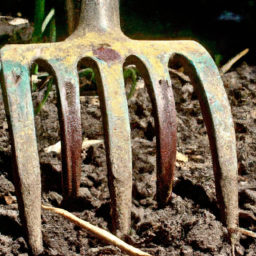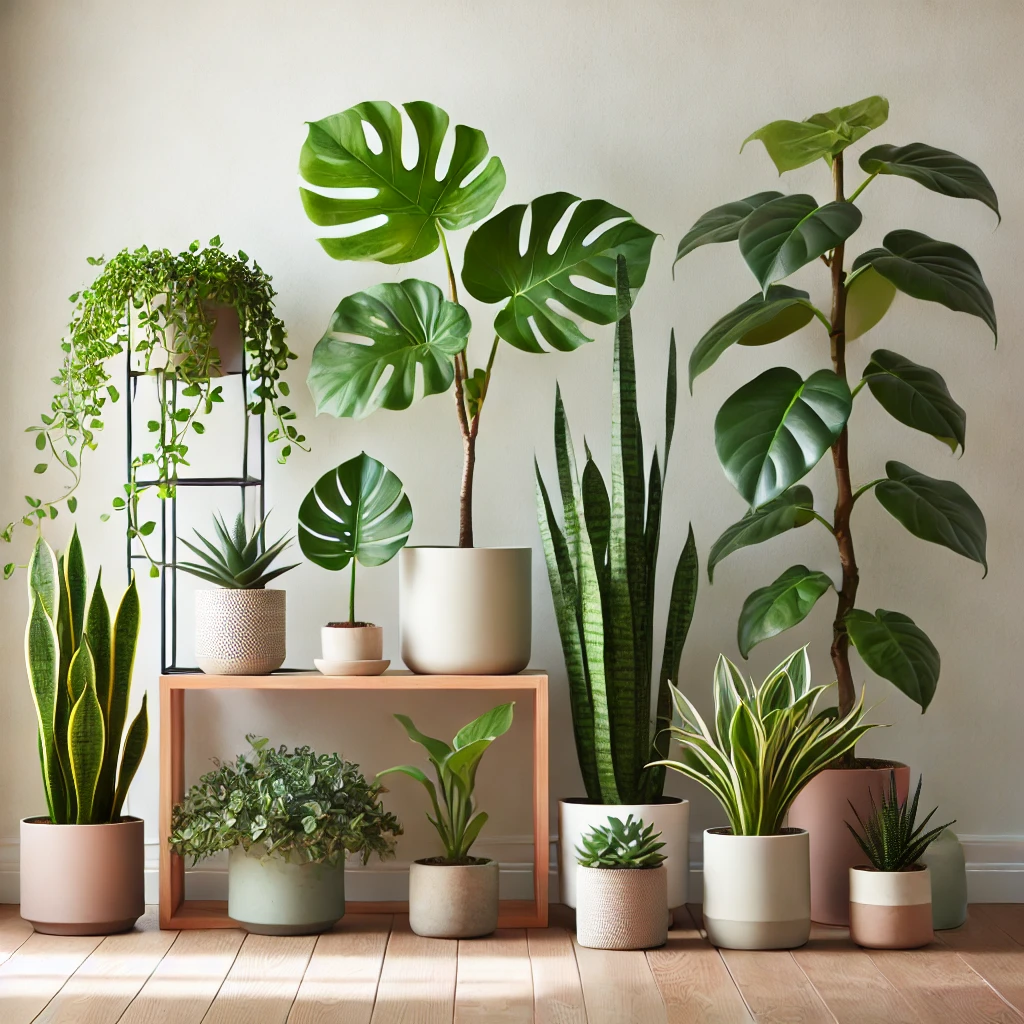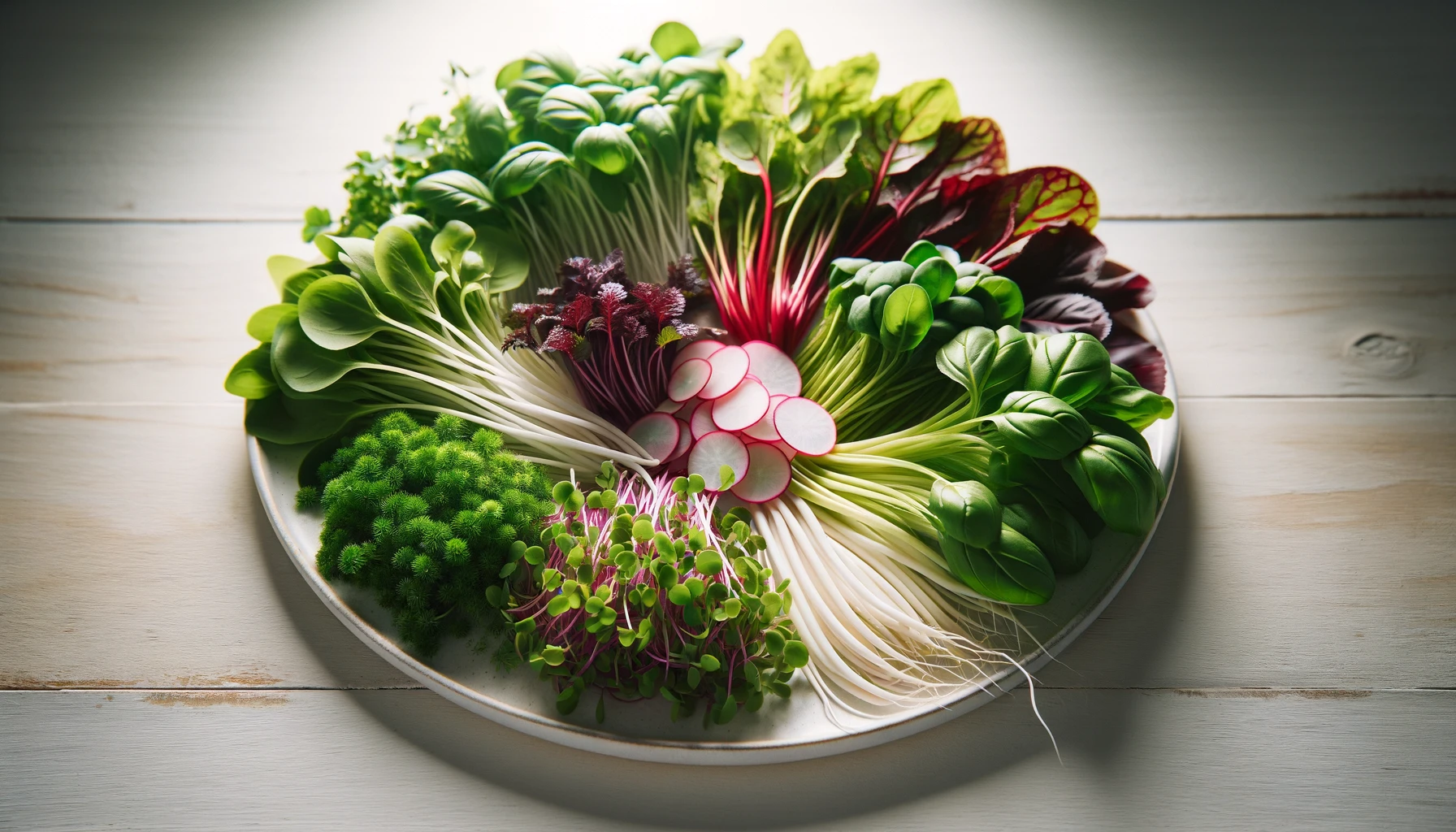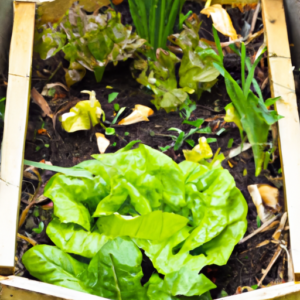Maintaining a vegetable garden requires a few essential tools to ensure its success. From preparing the soil to tending to the plants, having the right tools can make all the difference in your garden’s health and productivity. In this article, we will explore the key tools that every vegetable gardener should have in their arsenal, giving you the knowledge and confidence to create a thriving garden of your own.
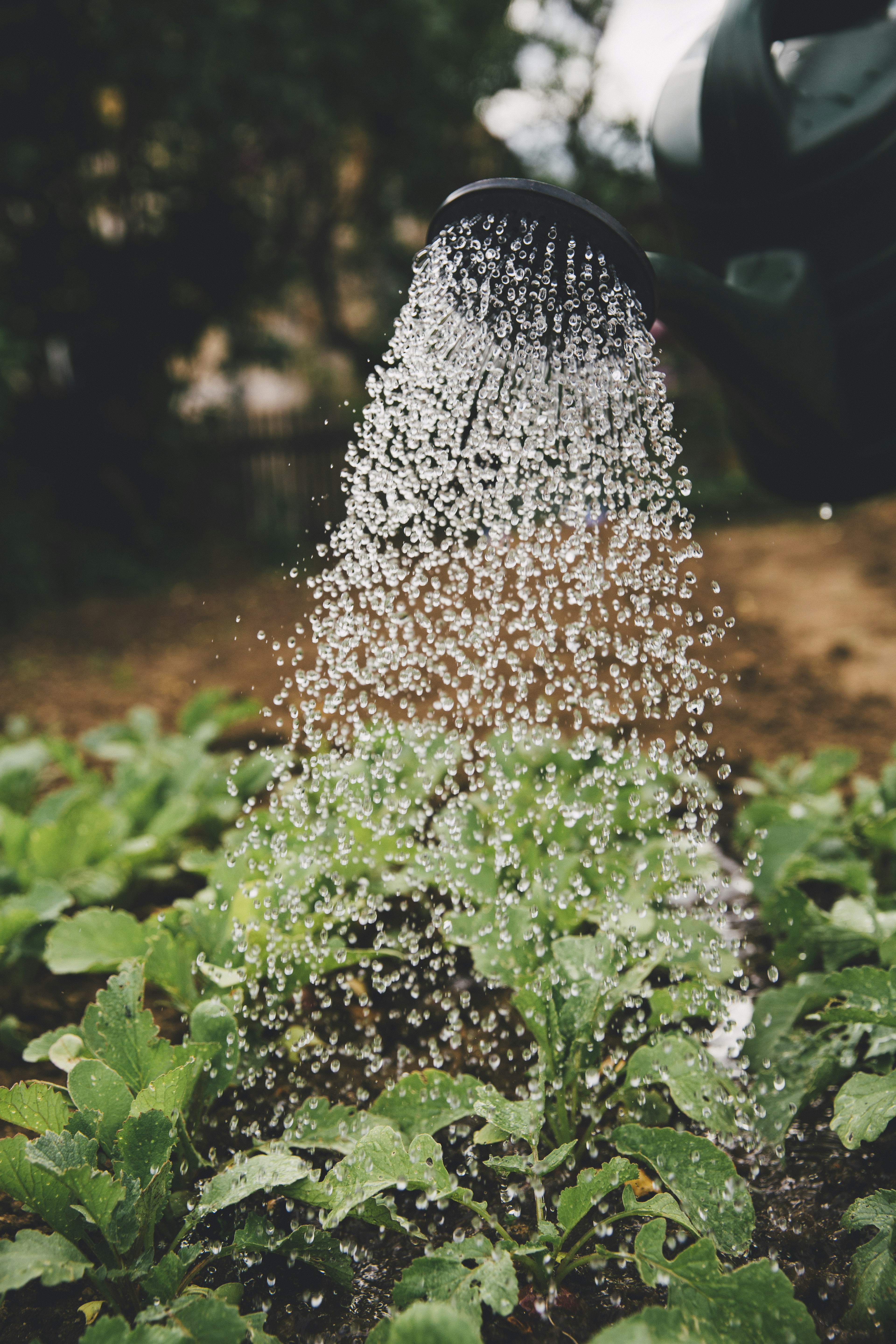
Preparing the Soil
Garden Fork
One of the most essential tools for maintaining a vegetable garden is a garden fork. This versatile tool is designed to loosen and aerate the soil, allowing nutrients and moisture to penetrate deeper into the ground. A garden fork is particularly useful for breaking up compacted soil, removing rocks and debris, and turning over the soil before planting. With its sturdy metal tines and comfortable handle, a garden fork is sure to become your trusty companion when it comes to soil preparation.
Spade
A spade is another must-have tool for maintaining a vegetable garden. This tool features a flat, rectangular blade with a sharp edge, perfect for digging holes, turning soil, and creating trenches for planting. Unlike a shovel, a spade has a shorter handle, which provides better control and precision when working in tight spaces. Whether you need to establish planting beds, transplant seedlings, or simply dig up stubborn weeds, a spade is an indispensable tool that every gardener should have.
Garden Rake
After loosening and turning over the soil with a fork and a spade, it’s important to smooth and level the surface of the soil. This is where a garden rake comes in handy. With its long handle and wide, fan-shaped head, a garden rake allows you to remove any remaining clumps, rocks, or debris, resulting in a clean and even planting surface. Additionally, a garden rake can be used to create furrows for planting seeds or spreading mulch. Its lightweight design and sturdy construction make a garden rake a valuable tool for maintaining the appearance and health of your vegetable garden.
Tiller
For larger vegetable gardens or plots of land, a tiller can be an efficient tool for preparing the soil. A tiller is a motorized machine with rotating blades that break up the soil and turn it over. This saves you time and effort compared to using manual tools. Tilling helps to create a loose, well-structured soil that promotes root growth and allows for better water absorption. However, keep in mind that excessive tilling can disrupt the natural ecosystem of the soil and lead to nutrient depletion, so it’s important to use a tiller sparingly and only when necessary.
- Water Wand

- Merchant:Botanical Interests
- Price: $29.95
- Hand Trowel

- Merchant:Botanical Interests
- Price: $22.95
- Topiary Trimming Shears

- Merchant:Botanical Interests
- Price: $12.50
- Claw Cultivator

- Merchant:Botanical Interests
- Price: $22.95
- Garden Stakes 12/pack

- Merchant:Botanical Interests
- Price: $4.00
Planting and Transplanting
Hand Trowel
When it comes to planting and transplanting vegetables, a hand trowel is your go-to tool. This small, handheld tool features a narrow, scoop-shaped blade that allows you to dig precise holes for seedlings, bulbs, or small plants. A hand trowel is especially useful for working in tight spaces or containers, where a larger shovel or spade would be too cumbersome. Its ergonomic handle provides a comfortable grip, allowing you to effortlessly move through your garden beds and plant with ease.
Transplanting Trowel
For larger plants or the need to move established plants from one location to another, a transplanting trowel is essential. This tool is similar to a hand trowel, but with a narrower and sharper blade, specifically designed for cutting through and lifting the roots of plants. A transplanting trowel allows you to safely and efficiently transplant vegetables without damaging their delicate root systems. Whether you're moving plants within your garden or bringing new additions from a nursery, a transplanting trowel is an invaluable tool for successful transplantation.
Dibble
A dibble, also known as a planting dibber, is a simple yet effective tool for creating holes in the soil for planting seeds or bulbs. This tool typically consists of a pointed wooden or metal rod with depth markings. By gently pressing the dibble into the soil, you can ensure consistent depth and spacing when sowing seeds or setting bulbs. The dibble helps prevent overcrowding and promotes proper root development, giving your vegetables the best chance of thriving. With a dibble in hand, you can easily achieve uniform and well-spaced planting in your vegetable garden.
Planting Rows
Creating straight and organized planting rows is not only visually appealing but also practical for efficient planting and care. To achieve this, you can use a variety of tools such as a string or a long, straight board. By stretching the string or placing the board along the desired planting row, you can ensure that your seeds or seedlings are accurately placed in a straight line. This method reduces the likelihood of overcrowding and makes it easier to tend to your plants as they grow. So, grab your tools and create beautiful, well-aligned planting rows in your vegetable garden.
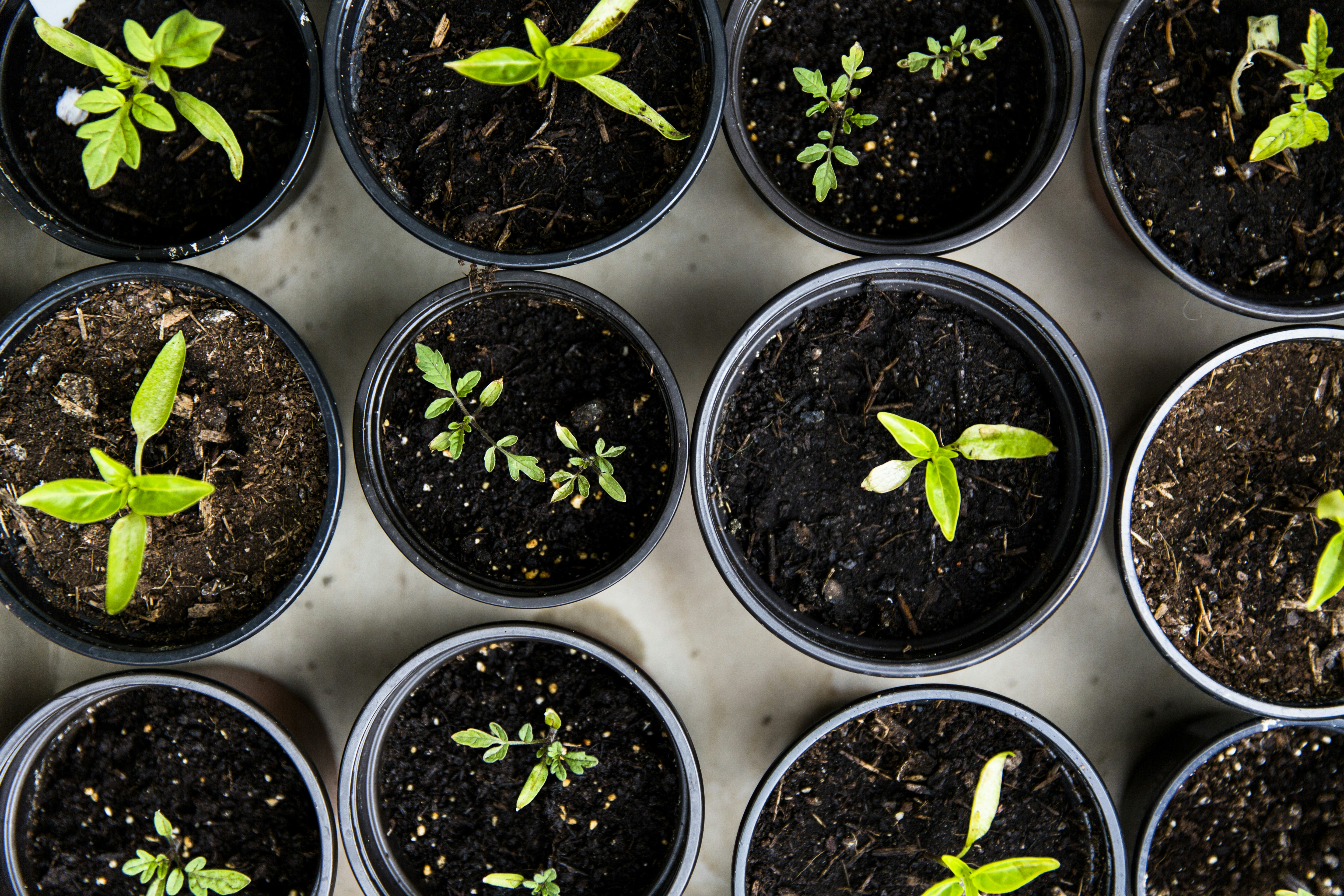
Watering and Irrigation
Hose
Watering plays a crucial role in maintaining a healthy vegetable garden, and a hose is an indispensable tool for this task. With a garden hose, you can easily deliver water directly to your plants' root zones, ensuring they receive the necessary moisture. Look for a hose with adjustable water pressure settings and a nozzle that provides a gentle spray or a stronger stream, depending on your needs. Consider investing in a hose reel or hanger to keep your hose organized and easily accessible. A hose is a versatile tool that allows you to efficiently and effectively water your vegetable garden.
Watering Can
For more precise and targeted watering, a watering can is a valuable addition to your gardening arsenal. Whether you have delicate seedlings that require gentle watering or specific plants that need extra attention, a watering can gives you control over the amount and direction of water applied. Choose a watering can with a long spout for reaching plants in tight spaces and a comfortable handle for easy carrying. With a watering can, you can ensure that each plant receives the right amount of water, promoting healthy growth and minimizing water waste.
Sprinkler System
If you have a larger vegetable garden or want to automate your watering routine, a sprinkler system can be a game-changer. A sprinkler system provides even distribution of water over a wide area, saving you time and effort compared to manual watering. There are various types of sprinkler systems available, including oscillating sprinklers, impact sprinklers, and drip sprinklers. Choose a system that suits the size and layout of your garden and can be easily adjusted to accommodate different plant types and watering needs. With a reliable sprinkler system in place, you can maintain consistent moisture levels throughout your vegetable garden.
Drip Irrigation
Drip irrigation is a precise and efficient method of watering that involves delivering water directly to the roots of plants through a network of tubes and emitters. This system minimizes water waste by providing water exactly where it's needed, reducing evaporation and runoff. Drip irrigation is particularly useful in vegetable gardens as it helps to prevent moisture-related issues such as fungal diseases and weed growth. Investing in a drip irrigation system may require some initial setup and planning, but the long-term benefits in water conservation and plant health make it a worthwhile investment for any serious vegetable gardener.
Weeding and Cultivating
Garden Hoe
Weeds are the bane of every gardener's existence, but a garden hoe can make the task of weeding and cultivating much easier. With its sharp, flat blade, a garden hoe allows you to cut through weeds at their roots, removing them from the soil. This tool is particularly effective for larger, established weeds and for breaking up compacted soil. A garden hoe can also be used for cultivating the soil around your plants, loosening it and improving aeration. With regular use, a garden hoe can help keep weeds at bay and promote healthy growth in your vegetable garden.
Hand Cultivator
For more precise weeding and cultivating, a hand cultivator is a must-have tool. This handheld tool features multiple pointed tines or prongs that allow you to loosen and remove weeds from the soil without disturbing the surrounding plants. A hand cultivator is excellent for reaching between rows or in tight spaces where a larger hoe may be too cumbersome. Its compact size and ergonomic handle make it comfortable to use for extended periods, ensuring that you can keep your vegetable garden clean and weed-free with ease.
Weeding Fork
For stubborn or deeply rooted weeds, a weeding fork can be your secret weapon. This tool features several sturdy tines that can penetrate the soil and lift out the entire weed, including its roots. By using a rocking motion, you can leverage the weeding fork to gently pry out the weeds without damaging nearby plants. A weeding fork is especially useful for perennial weeds that tend to spread and come back if not fully removed. Keep this tool handy in your garden toolbox for efficient and effective weed removal.
Weed Barrier Fabric
To prevent weeds from taking over your vegetable garden, consider using weed barrier fabric. This material is typically made from durable, permeable fabric that allows water and nutrients to reach the soil while preventing weeds from growing through. Weed barrier fabric can be laid directly on the soil between rows or around individual plants, creating a barrier that inhibits weed growth. This method not only helps to reduce the amount of time spent on manual weeding but also conserves moisture in the soil by preventing evaporation. Weed barrier fabric is a low-maintenance solution for weed control in your vegetable garden.
Pruning and Trimming
Pruning Shears
Pruning is essential for maintaining the health and productivity of your vegetable garden, and pruning shears are the tool of choice for this task. Also known as hand pruners or secateurs, pruning shears are designed to make clean and precise cuts on small to medium-sized branches. Look for pruning shears with sharp, bypass blades that can cleanly slice through plant material without causing damage. Whether you need to trim back overgrown branches, remove dead or diseased foliage, or shape your plants for better airflow, pruning shears are invaluable for keeping your vegetable garden in top shape.
Hedge Trimmers
If you have larger hedges or bushes in your vegetable garden, a pair of hedge trimmers can save you time and effort when it comes to pruning and shaping. Hedge trimmers feature longer blades and a scissor-like cutting mechanism, allowing you to trim large areas quickly and easily. By creating well-defined edges and maintaining proper size and shape, hedge trimmers help to maximize sunlight exposure and airflow, reducing the risk of fungal diseases and improving overall plant health. Make sure to choose a pair of hedge trimmers that are comfortable to hold and easy to maneuver for precise control.
Pruning Saw
For thicker branches or woody plants that require more cutting power, a pruning saw is your best friend. This tool features a serrated blade that can make quick work of larger branches without requiring excessive force. From removing damaged limbs to shaping tree canopies, a pruning saw can handle a variety of pruning tasks in your vegetable garden. Look for a pruning saw with a comfortable handle and a blade length that suits your needs. With the right technique and a reliable pruning saw, you can easily tackle even the toughest pruning jobs with confidence.
Grafting Tool
Grafting is a technique used in vegetable gardening to combine the desirable qualities of two different plants into one. A grafting tool is specifically designed to make clean cuts and join plant tissues, facilitating successful grafting. This tool typically features multiple blades, allowing you to make precise cuts and create a secure and seamless union between the scion (desired plant) and the rootstock (hardy plant). Grafting can be an advanced technique, but with practice and the right tools, you can experiment and improve the productivity and vigor of your vegetable garden by combining different plant traits.
Protection against Pests
Garden Netting
Protecting your vegetable garden from birds and other small animals is essential to preserve your hard work and ensure a bountiful harvest. Garden netting is a lightweight and flexible material that can be draped over plants or entire garden beds to create a physical barrier against pests. The mesh size of the netting should be small enough to prevent birds and pests from accessing your vegetables while still allowing sunlight, air, and water to pass through. Choose a durable garden netting that is easy to install and remove, providing reliable protection for your precious crops.
Row Covers
In addition to garden netting, row covers are an effective tool for protecting your vegetable garden from pests, including insects and larger animals. Row covers are lightweight, breathable fabrics that can be placed directly over rows or individual plants. They create a protective shield that prevents pests from reaching your vegetables while still allowing sunlight, air, and water to permeate. Some row covers also offer frost protection, making them versatile tools for extending the growing season. With row covers in place, you can ensure that your vegetables remain healthy and pest-free, giving you peace of mind and a thriving garden.
Insect Traps
To specifically target and control insect pests in your vegetable garden, insect traps can be a valuable addition. These traps are designed to attract and capture specific types of insects, preventing them from causing damage to your plants. Depending on the type of pest you're dealing with, there are various traps available, including sticky traps, pheromone traps, and light traps. By strategically placing these traps around your garden, you can monitor and control insect populations without resorting to harmful chemicals. Insect traps provide an environmentally friendly and safe method of pest management for your vegetable garden.
Pesticide Sprayer
While it's generally best to minimize the use of chemical pesticides in a vegetable garden, there may be situations where targeted pest control is necessary. In such cases, a pesticide sprayer is a useful tool for applying pesticides accurately and efficiently. Choose a sprayer that is specifically designed for garden use, with adjustable spraying patterns and nozzles to suit different pest control needs. Follow the instructions on the pesticide packaging carefully and take appropriate safety precautions when using chemical pesticides. Remember to always choose environmentally friendly and approved pesticides to minimize harm to beneficial insects and the overall ecosystem of your garden.

Harvesting
Garden Scissors
When your vegetables are ready to be harvested, a pair of garden scissors can make the process quick and precise. Garden scissors are designed with sharp, curved blades that allow you to snip off vegetables and herbs without causing damage to the plants or other nearby produce. From harvesting delicate leafy greens to trimming herbs and flowers, garden scissors are versatile tools that enable clean and easy harvesting. Their compact size and ergonomic handles make them comfortable to use, ensuring that you can enjoy the fruits of your labor with minimal effort.
Harvest Basket
A harvest basket is an essential tool for gathering and transporting your freshly harvested vegetables from the garden to your kitchen. Look for a basket with sturdy handles and a spacious interior to accommodate various types of produce. Some harvest baskets come with dividers or compartments to keep different vegetables separate and prevent bruising or damage during transportation. With a harvest basket in hand, you can collect your vegetables efficiently and ensure their quality remains intact until they reach your table.
Produce Bags
If you have a bountiful harvest or plan to share your vegetables with others, produce bags can come in handy for individual packaging and storage. These lightweight bags are typically made from breathable mesh or fabric, allowing air circulation while preventing drying out or wilting. Produce bags are particularly useful for delicate produce such as leafy greens or root vegetables that need to be stored separately. They can also help organize your harvested vegetables, making it easier to locate and use specific items when cooking or preserving. Keep a stack of produce bags on hand to optimize the storage and freshness of your harvested vegetables.
Garden Knife
For certain vegetables that require a bit more precision when harvesting, a garden knife is a valuable tool. This tool features a sharp, serrated blade that can easily cut through tough stems and rinds. A garden knife is particularly useful for harvesting large fruits and vegetables like melons, pumpkins, or squash. By providing a clean and controlled cut, a garden knife ensures that your harvest is undamaged and ready to be enjoyed. Look for a garden knife with a comfortable handle and protective sheath for safe storage. With a garden knife, you can confidently tackle any tough skin or stem and capture the full flavor of your homegrown vegetables.
Storing and Preserving
Storage Bins
Once you've harvested your precious vegetables, it's important to store them properly to maintain their freshness and quality. Stackable storage bins are an excellent tool for organizing and storing your harvest. Look for bins with good ventilation to prevent moisture buildup and allow air circulation. Some bins come with adjustable dividers or trays, allowing you to separate different types of produce and extend their shelf life. Whether you store your harvested vegetables in a pantry, cellar, or garage, storage bins ensure that they remain properly organized and easily accessible for future use.
Canning Jars
Preserving the flavors of your vegetable garden throughout the year is a rewarding endeavor, and canning jars are essential for this process. These glass jars, often equipped with airtight lids, are designed to safely store canned goods such as pickles, sauces, and jams. Canning jars come in various sizes to accommodate different volumes of preserved vegetables. By following approved canning procedures and recipes, you can enjoy your homegrown produce long after the growing season has ended. When selecting canning jars, opt for high-quality options that are durable and resistant to breakage, ensuring that your preserved vegetables stay fresh and tasty.
Food Dehydrator
Dehydrating is a convenient and space-saving method of preserving vegetables, and a food dehydrator is the perfect tool for this task. A food dehydrator uses low heat and a gentle airflow to remove moisture from vegetables, transforming them into nutrient-dense, long-lasting dried snacks or ingredients. Look for a food dehydrator with adjustable temperature settings, multiple racks or trays, and a timer for precise control over the drying process. With a food dehydrator, you can easily preserve excess harvest or create delicious homemade dried vegetables for soups, stews, or trail mix.
Vegetable Mill
If you enjoy making sauces, purees, or soups from your homegrown vegetables, a vegetable mill is a handy tool to have in your kitchen. This tool consists of a rotating blade and a perforated plate that allows you to process cooked vegetables into smooth and creamy textures while removing any seeds, skins, or fibers. A vegetable mill is particularly useful for making tomato sauce, applesauce, or mashed potatoes. Choose a vegetable mill with interchangeable plates or screens to achieve different textures and consistencies. With a vegetable mill, you can preserve the natural flavors and textures of your freshly harvested vegetables in various culinary creations.

Maintaining Garden Structures
Garden Gloves
When maintaining your vegetable garden, it's essential to protect your hands from thorns, prickly plants, and potential irritants. Garden gloves provide a layer of defense against dirt, cuts, and abrasions while also improving your grip on tools. Look for gloves made from durable and puncture-resistant materials such as nylon or leather. Ensure that the gloves fit snugly but still allow for flexibility and movement. With a reliable pair of garden gloves, you can confidently handle prickly plants, move heavy objects, and tackle various gardening tasks, all while keeping your hands safe and comfortable.
Garden Kneeler
While tending to your vegetable garden, you may find yourself spending a considerable amount of time kneeling or crouching down. A garden kneeler helps alleviate discomfort and strain on your knees and back, making gardening more enjoyable and less strenuous. Garden kneelers come in different designs and materials, but most feature a cushioned pad or foam that provides a comfortable surface to kneel on. Some kneelers can also be flipped over to serve as a seat, allowing you to rest and take breaks during gardening sessions. With a garden kneeler, you can tend to your vegetables with ease and minimize the risk of discomfort or injury.
Garden Tool Organizer
To keep your gardening tools neat and easily accessible, a garden tool organizer is a practical addition to your vegetable garden setup. These organizers come in various designs, including wall-mounted racks, freestanding shelves, or portable caddies. Look for organizers with different-sized compartments and hooks to accommodate a variety of tools. With a designated space for each tool, you can save time searching for specific gardening implements and reduce the risk of misplacing or damaging them. A well-organized garden tool setup ensures that your tools are always within reach, allowing you to maintain your vegetable garden efficiently.
Wheelbarrow
Moving heavy loads of soil, mulch, or harvested vegetables is a common task in vegetable gardening, and a wheelbarrow is an invaluable tool for this purpose. A wheelbarrow features a large, sturdy tub or tray supported by a wheel and handles. This design allows you to easily transport heavy or bulky items and reduce strain on your back and arms. Look for a wheelbarrow with a pneumatic tire for better traction and maneuverability on various terrains. With a wheelbarrow, you can efficiently move materials, distribute compost, or transport your harvest from the garden to your storage area, saving time and effort.
Testing and Amending Soil
Soil Test Kit
Understanding the composition and pH level of your soil is essential for maintaining a healthy vegetable garden. A soil test kit allows you to analyze the nutrient content, pH level, and other key factors that influence plant growth. These kits typically include testing strips, color charts, or digital meters to provide accurate readings. By testing your soil regularly, you can adjust nutrient levels, pH, or other factors to ensure optimal growing conditions for your vegetables. A soil test kit serves as a diagnostic tool that helps you identify and address any deficiencies or imbalances in your garden soil.
Compost Bin
Composting is a sustainable and eco-friendly way to enrich your soil with organic matter and essential nutrients. A compost bin provides a controlled environment for the decomposition of kitchen scraps, yard waste, and other organic materials. Look for a compost bin that is well-ventilated and easy to access for turning and mixing the compost. Some compost bins feature a dual-chamber design, allowing you to continuously compost while using the finished compost in your garden. With a compost bin, you can reduce waste, create nutrient-rich compost, and improve the overall health and fertility of your vegetable garden.
Mulch
Mulching is a beneficial practice in vegetable gardening that helps conserve moisture, regulate soil temperature, and suppress weed growth. Various types of mulch materials can be used, such as straw, wood chips, or shredded leaves. Applying a layer of mulch around your plants creates a protective barrier that retains moisture in the soil, reduces evaporation, and keeps the soil cooler during hot summer months. Mulch also helps prevent weed seeds from germinating and competing with your vegetables for resources. Prioritize organic mulch materials that will break down over time, enriching the soil with organic matter. Mulching is a simple yet effective way to maintain healthy soil and promote the productivity of your vegetable garden.
Fertilizer Spreader
Applying fertilizer is an important aspect of maintaining a nutrient-rich soil for your vegetable garden, and a fertilizer spreader can make the task much easier and more efficient. A spreader allows you to evenly distribute granular or powdered fertilizers across your garden beds. Look for a spreader with adjustable settings to control the rate and pattern of fertilizer application. Whether you're using organic or synthetic fertilizers, a spreader ensures that nutrients are dispersed uniformly, minimizing the risk of overfertilization or patchy growth. With a fertilizer spreader, you can provide your vegetables with the essential nutrients they need for vigorous growth and abundant harvests.
In conclusion, maintaining a vegetable garden requires a comprehensive toolset to address various tasks and challenges throughout the growing season. From preparing the soil to harvesting and preserving your precious crops, each tool serves a specific purpose in ensuring the health and productivity of your vegetable garden. By having these essential tools at your disposal and using them in a systematic and efficient manner, you can create an environment that nurtures your vegetables from seed to plate. So, gather your tools, put on your garden gloves, and embark on a journey of cultivating your own bountiful vegetable garden!

